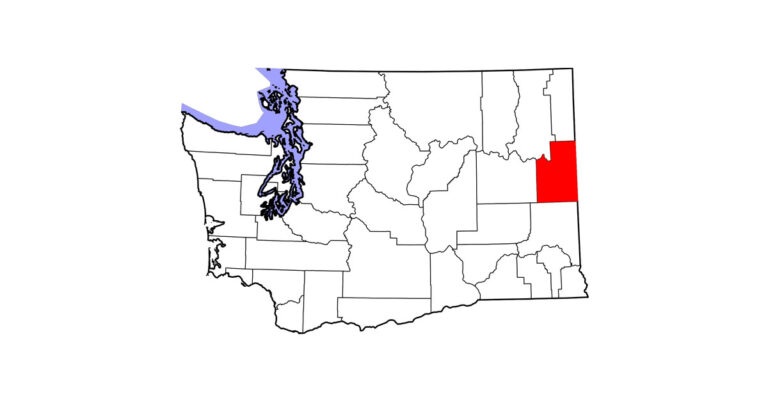Sometimes it seems like the only thing that annoys your horse more than pesky flies is the very spray designed to help them get rid of those pests! At best, horses who don’t like fly spray turn the process into an obnoxious chore by dancing around to avoid the hissing mist. At worst, these horses can be dangerous, rearing, striking and kicking at the offending spray. Make fly season a little more bearable by employing these six tips to help desensitize your horse to fly spray.
Patience is key
Horses can be wary of fly spray for a variety of reasons. Some were simply never exposed to it, some are startled by the sudden noise and sensation, and others may have negative associations with the bottle. Your horse has spent his entire life avoiding fly spray; you won’t be able to change the behavior in a day. Set small goals and accept that acclimatizing your horse to spray bottles could take weeks or longer. Getting frustrated and rushing the process will only stress your horse and reinforce the idea that fly spray is something to be worried about.
Check your body language
Are you rushing toward your horse with a sprayer extended toward his head? No wonder he’s concerned! Keep your movements controlled, quiet and subtle.
Start with water
Your horse might be averse to the smell of fly spray and the associations that come with that smell. By filling an empty fly spray bottle with water during the first steps of the desensitization process, you’ll eliminate that variable and avoid wasting valuable fly spray. Once your horse becomes used to the sound and sensation of the spray, you can use actual fly spray in the bottle.
Get your horse used to the noise
Stand outside your horse’s stall with a water-filled sprayer while he happily munches on food. Standing a few feet away, spray the water away from your horse. Spray at regular intervals until he stops paying attention to the noise in favor of the food. As your horse acclimates, move closer—still spraying away from his body—repeating the process until your horse no longer seems to notice the noise.
For the next phase of this process, you’ll need to have your horse haltered and in-hand, with a bucket of treats nearby. Gently spray away from your horse then offer him a treat. If he moves away, ask him to stand quietly before giving him the treat. Repeat the spray-treat process until your horse stands quietly while you spray around him. When your horse is no longer bothered by this, it’s time to quit for the day.
You can’t seal your horse in a fly-free zone but Endure Sweat-Resistant Fly Spray for Horses is the next-best option. Its unique formula keeps on working—even in wet conditions such as sweat and rain. Protect your horse from biting and nuisance flies, gnats and deer ticks that may transmit Lyme disease.
Get your horse used to the mist
Once your horse is no longer bothered by the sound of spray, you can graduate to exposing him to the sensation. Again, you’ll have your horse haltered in-hand, with a bucket of treats nearby. Begin by pulling the trigger gently, aiming the spray toward your horse’s shoulder, then give him a treat if he stands still. If he moves away, ask him to stand quietly before offering the treat. Continue the spray-treat process, moving toward other areas of the body as your horse becomes more comfortable. If he becomes nervous, return to the last acceptable level until he calms down, then continue with the lesson. Eventually, with patience and perseverance, your horse will learn to tolerate being sprayed. By associating fly spray with treats, he may even come to look forward to the process!
You may have better luck with a continuous-spray fly repellent. These sprayers not only save your hand fatigue (no pumping motion needed!), but they also tend to be quieter, and your horse might find the continuous sound and sensation more tolerable than frequent bursts.
Pick Your Battles
Maybe your horse is particularly averse to spray bottles and desensitizing him is taking longer than expected. Or perhaps you have other training priorities. With wonderful alternatives to fly spray bottles, there’s no need to endure stressful spraying sessions.
Using sprays as wipes: Nearly all fly sprays can be used a wipe without losing effectiveness. Simply spray or pour the fly repellent onto a piece of clean, absorbent cloth and apply directly to your horse’s coat.
Lotion, roll-on and spot-on: Avoid the sound and sensation of sprays with fly repellent lotion, roll-on repellent or spot-on. Additionally, lotion and roll-on repellants are great for treating faces and keeping flies off wounds, and long-lasting spot treatments are ideal for pastured horses.
Feed-through fly control: Some supplements reduce your need to use spray in the first place by preventing the development of fly larvae in your horse’s manure.










